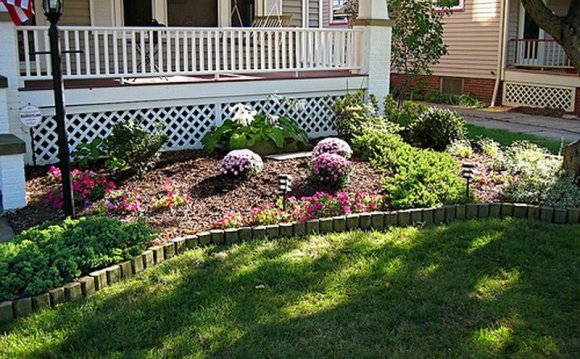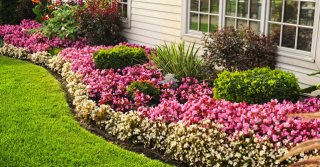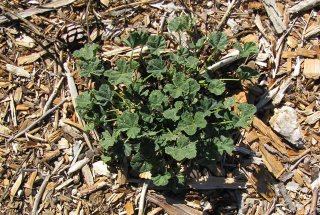
 By Jon Labelle
By Jon Labelle
We’ve all heard the term “curb appeal” as it relates to how desirable a home is from the street. While it may refer to the beautiful architectural, often the first impression, good or bad, is made by the front yard landscaping. A beautifully landscaped yard is something every homeowner aspires to, but it requires a clear plan of action to ensure a safe and proper installation. The most lavish gardens can easily be washed away or result in a leaky basement without understanding the natural flow of excess stormwater and where it drains.
Whether you’re creating a brand new landscape design or improving on one that’s causing some concern, you’ll need some guidance. Below are 5 tips to help your front yard landscaping look irresistible while helping you avoid problems that may compromise the integrity of your home’s foundation:
1. Create raised flower and shrub beds. By building up the soil in front of your home, you’ll be able to divert water toward a swale or drain tile on the property. A curved edge line will provide a natural path for stormwater to follow while adding an interesting design element. During heavy downpours, water will easily shed off the elevated beds, onto the lawn and safely away from your foundation.
2. Use native plants and heavier mulch. Creating a landscape design that’s both beautiful and practical will be easier if you use native plants, shrubs and trees wherever possible. Select perennials well-suited to your growing zone. In addition to establishing a deeper root system than annuals, these plants will come back year after year. Use heavy hardwood mulch to insulate the soil and stop it from floating or blowing away and clogging drains. Planting evergreen shrubs and trees that keep their leaves or needles year-round will provide a canopy to keep water from pooling along your foundation wall and keep your basement dry no matter the season.
In addition to establishing a deeper root system than annuals, these plants will come back year after year. Use heavy hardwood mulch to insulate the soil and stop it from floating or blowing away and clogging drains. Planting evergreen shrubs and trees that keep their leaves or needles year-round will provide a canopy to keep water from pooling along your foundation wall and keep your basement dry no matter the season.
3. Redirect water flow with a landscaped swale. The grounds around your home are critical components to basement waterproofing. Any depression in your landscaped yard can redirect water and be used as a swale. Line the lowest point with rocks, add deep-rooting plants that tolerate wet soil, and dig a channel that leads to a dry well or garden bed with good drainage. These simple landscape essentials will help prevent damaging soil erosion and slow the flow of water to a drain.

4. Incorporate a rain garden into your plan. Many of today’s homes have less green space and more hard surfaces. Driveways, walkways and patios prevent water from slowly seeping into the ground and are often the cause of basement flooding issues. A solution to some of these problems may be to install a rain garden. Like a swale, a rain garden is placed in a low spot at least 10 feet from your home. Clay soil is optimal but adding compost and topsoil to sandy soil will absorb water just as well. Native plants and grasses with deep root systems should be placed in the centre where the heaviest moisture will pool. Marginal plants that can tolerate either soggy or dry soil can also be included for an easy maintenance option. Rain gardens require little watering and will reduce runoff and flooding, plus provide a great place for birds and butterflies to live.
5. Correct any existing issues. The majority of home landscaping projects are needed to correct problems from poorly designed, overgrown or inadequately maintained properties. There are a few easy steps to waterproof your basement by addressing things such as:















